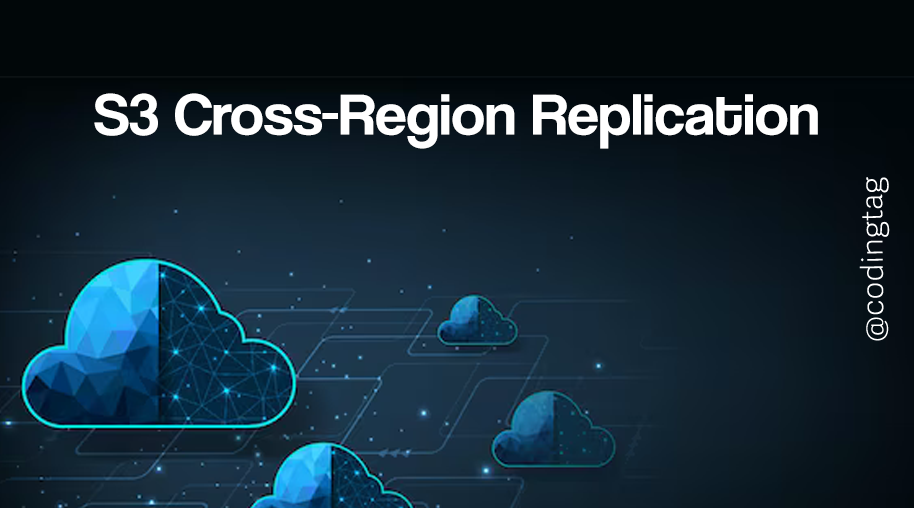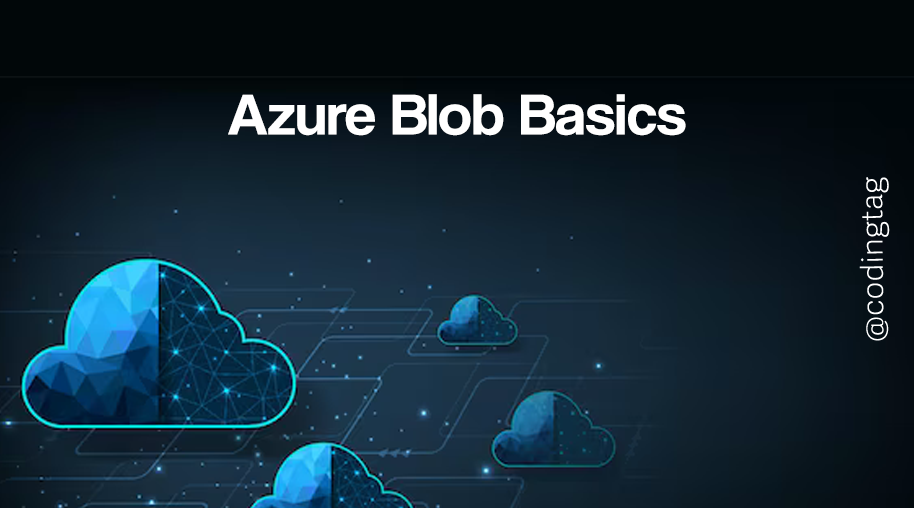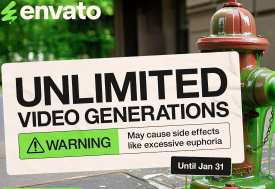Using GPU/TPU
0 525
Using GPU/TPU
GPUs (Graphics Processing Units) and TPUs (Tensor Processing Units) have revolutionized how we accelerate heavy computational workloads, especially in machine learning and deep learning.
Leveraging these specialized processors in the cloud can drastically reduce training times and enable more complex models to be built efficiently.
What Are GPU and TPU?
A GPU is a parallel processor originally designed for graphics rendering but widely adopted for accelerating scientific computations and AI workloads. A TPU is a custom-built ASIC (Application-Specific Integrated Circuit) designed by Google specifically for tensor operations in deep learning.
Why Use GPU or TPU?
- Faster Training: Perform thousands of operations in parallel, reducing model training time.
- Cost Efficiency: Cloud providers offer pay-as-you-go GPU/TPU instances to optimize costs.
- Support for Larger Models: Run bigger neural networks that aren’t feasible on CPUs.
- Better Performance for Inference: Speed up real-time model predictions.
Common Use Cases
- Deep learning model training (CNNs, RNNs, Transformers)
- Image and video processing
- Natural Language Processing (NLP) tasks
- Scientific simulations and large-scale matrix computations
Using GPUs on Google Colab
Google Colab provides free access to GPUs. Here’s how to enable and use them:
# First, enable GPU in Runtime settings: Runtime > Change runtime type > Hardware accelerator > GPU
import tensorflow as tf
print("GPU Available:", tf.config.list_physical_devices('GPU'))
Output example:
GPU Available: [PhysicalDevice(name='/physical_device:GPU:0', device_type='GPU')]
Example: Training a Simple Neural Network on GPU
import tensorflow as tf
from tensorflow.keras import layers, models
# Define a simple model
model = models.Sequential([
layers.Dense(128, activation='relu', input_shape=(784,)),
layers.Dense(10, activation='softmax')
])
model.compile(optimizer='adam', loss='sparse_categorical_crossentropy', metrics=['accuracy'])
# Load MNIST dataset
(x_train, y_train), (x_test, y_test) = tf.keras.datasets.mnist.load_data()
x_train = x_train.reshape(-1, 784) / 255.0
x_test = x_test.reshape(-1, 784) / 255.0
# Train the model (runs on GPU if available)
model.fit(x_train, y_train, epochs=5, batch_size=64)
Using TPUs on Google Cloud
Google Cloud offers TPU support for accelerated training. To use TPUs, you typically set up a TPU-enabled VM or use managed services like Vertex AI. TPUs require using TensorFlow or frameworks that support TPU acceleration.
Example: TPU Setup in TensorFlow
import tensorflow as tf
try:
resolver = tf.distribute.cluster_resolver.TPUClusterResolver()
tf.config.experimental_connect_to_cluster(resolver)
tf.tpu.experimental.initialize_tpu_system(resolver)
strategy = tf.distribute.TPUStrategy(resolver)
print("Running on TPU")
except ValueError:
strategy = tf.distribute.get_strategy()
print("Running on CPU/GPU")
with strategy.scope():
model = tf.keras.Sequential([
tf.keras.layers.Dense(128, activation='relu', input_shape=(784,)),
tf.keras.layers.Dense(10, activation='softmax')
])
model.compile(optimizer='adam',
loss='sparse_categorical_crossentropy',
metrics=['accuracy'])
Tips for Efficient GPU/TPU Usage
- Always check if your code is using the accelerator by inspecting device logs or APIs.
- Use batch sizes that fit well in GPU/TPU memory for optimal throughput.
- Optimize data pipelines to avoid bottlenecks in feeding data.
- Leverage mixed precision training for faster compute with less memory.
- Shut down resources promptly to avoid unnecessary charges in cloud environments.
Conclusion
Using GPU/TPU accelerators is key to speeding up AI workflows and enabling cutting-edge research and applications. Cloud platforms democratize access to these powerful resources, letting you train models faster and at scale.
Whether you are experimenting on Google Colab’s free GPUs or running production workloads on Google Cloud TPUs or AWS GPUs, understanding how to leverage these accelerators can dramatically enhance your ML projects.
If you’re passionate about building a successful blogging website, check out this helpful guide at Coding Tag – How to Start a Successful Blog. It offers practical steps and expert tips to kickstart your blogging journey!
For dedicated UPSC exam preparation, we highly recommend visiting www.iasmania.com. It offers well-structured resources, current affairs, and subject-wise notes tailored specifically for aspirants. Start your journey today!

Share:







Comments
Waiting for your comments